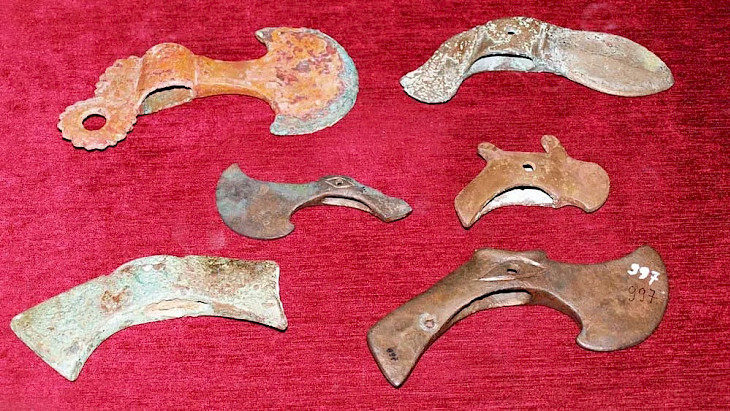Turkmenistan showcases a unique synthesis of centuries-old metalworking traditions and modern industrial technologies, writes Ogulgul Geldiyeva, lecturer at the Department of Metal Processing Technology at the State Energy Institute of Turkmenistan, in an article for Neutral Turkmenistan.
According to Geldiyeva, the history of metalworking in Turkmenistan spans millennia, beginning in the Chalcolithic (Copper) Age and continuing through the flourishing of medieval cities. Archaeological discoveries at ancient settlements attest to the advanced craftsmanship of local metallurgists throughout the ages.
The metalworking arts reached their peak between the 9th and 12th centuries in cities such as Merv, Serakhs, Abiverd, Kunya-Urgench, Shehrislam, and Dehistan. One of the most prominent sources of ancient metallurgy is the capital of the ancient land of Margush — Gonur-Depe — which has yielded remarkable Bronze Age artifacts, including axes, daggers, spearheads, and intricate jewelry.
A key milestone in the country’s modern industrial development came in 2009 with the launch of Turkmendemirönümleri, the first metallurgical plant in the Geoktepe district of Ahal Province. Today, it stands as one of the largest such enterprises in Central Asia, serving as a catalyst for the expansion of Turkmenistan’s metallurgical sector.
While the nation advances industrially, preserving traditional craftsmanship remains a priority. Contemporary artisans continue to create unique handmade pieces, combining time-honored techniques with modern design trends.
National museum collections across the country illustrate the evolution of Turkmen metal artistry, from simple copper tools to the refined jewelry of the Middle Ages. These exhibits underscore the continuity of cultural heritage and the enduring skill of Turkmen craftspeople.
CentralasianLIGHT.org
June 16, 2025

